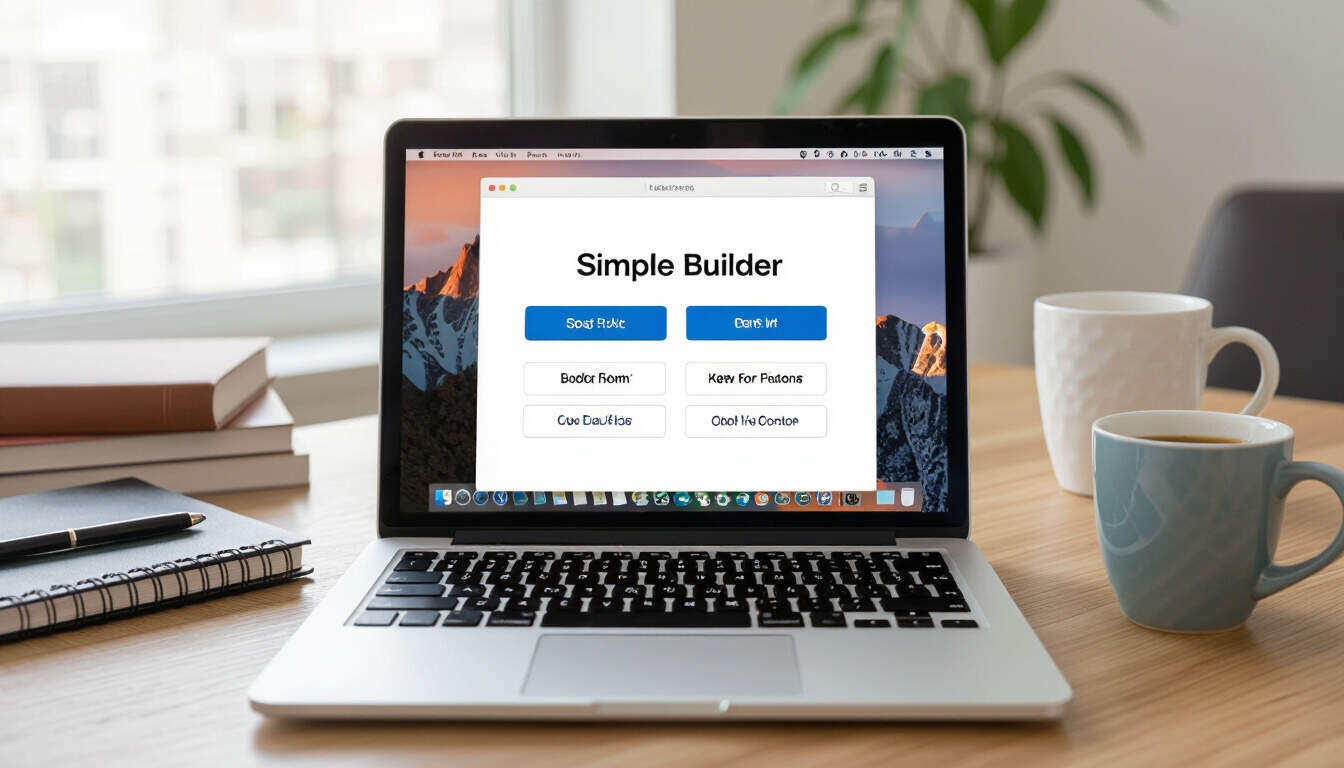No-Code Software Platforms for Effective MVP Validation
 by Marlene Keeling
by Marlene Keeling
No-code software platforms offer a straightforward way for entrepreneurs to build and test MVPs without coding expertise. This approach speeds up idea validation, reduces costs, and allows for rapid iteration based on user feedback, making it ideal for startups and product managers.

No-code software platforms have transformed how ideas turn into testable products. These tools let users create applications through visual interfaces, eliminating the need for traditional coding. For entrepreneurs and startups, this means faster development cycles and more focus on core ideas.
What Are No-Code Software Platforms?
No-code software platforms provide intuitive drag-and-drop features that enable building functional apps. They include elements like databases, user interfaces, and integrations, all accessible without writing code. This accessibility helps product managers prototype ideas quickly.
One key advantage is the ability to validate an MVP. By assembling a basic version of a product, teams can gather real user data early. For instance, platforms like Bubble or Adalo allow creating web or mobile apps in hours, not weeks.
Strategies for Using No-Code Tools in MVP Validation
To make the most of these platforms, start with clear goals. Define what your MVP needs to achieve, such as testing a specific feature or market demand. Then, select a platform that fits your project. Some tools specialize in certain areas, like Webflow for websites or Airtable for data management.
Begin by sketching your idea on paper or using simple design tools. This step ensures you have a blueprint before building. Once ready, use the platform's interface to assemble components. For example, add forms for user input or connect to external services for data storage.
Testing is crucial in this process. After building a basic MVP, share it with a small group of users. Collect feedback through surveys or analytics built into the platform. This data helps refine the product iteratively.
Consider costs as well. Many no-code platforms offer free tiers or affordable plans, making them suitable for startups with limited budgets. By avoiding heavy development expenses, you can allocate resources to other areas like marketing.
Real-World Applications
In practice, no-code platforms have helped many teams succeed. A startup might use Zapier to automate workflows between apps, connecting a no-code built website to email services. This integration allows for seamless user experiences without custom code.
Another example involves e-commerce. Platforms like Shopify enable quick store setups, where entrepreneurs can test product ideas with minimal effort. By monitoring sales and customer behavior, they validate market fit rapidly.
For product managers, these tools offer flexibility. You can experiment with different features and pivot based on results. If a particular aspect doesn't resonate, it's easy to make changes without starting over.
Overcoming Common Challenges
While no-code platforms are user-friendly, challenges can arise. Limitations in customization might occur, so it's important to choose tools that align with your needs. If advanced features are required, some platforms allow limited scripting as a fallback.
Learning curves exist too, but resources like tutorials and communities provide support. Many platforms have extensive documentation, helping newcomers get up to speed quickly.
To stay motivated, remember that every iteration brings you closer to a viable product. Track your progress and celebrate small wins, like successfully launching a prototype.
Building a Sustainable Approach
Long-term, integrating no-code tools into your workflow can foster innovation. Encourage team collaboration by involving non-technical members in the building process. This inclusivity leads to diverse ideas and better outcomes.
As your project grows, you might transition to more complex setups. However, starting with no-code keeps things simple and efficient. The key is to iterate based on feedback, ensuring your product meets user needs.
In summary, no-code software platforms empower entrepreneurs to validate ideas effectively. By focusing on practical strategies and tools, you can achieve results that drive business growth. This method not only saves time but also builds confidence in your vision.
Tips for Getting Started
- Explore multiple platforms to find the best fit.
- Set realistic timelines for your MVP development.
- Engage users early for valuable insights.
- Monitor performance metrics to guide improvements.
Adopting these practices can lead to successful validations and stronger products.
